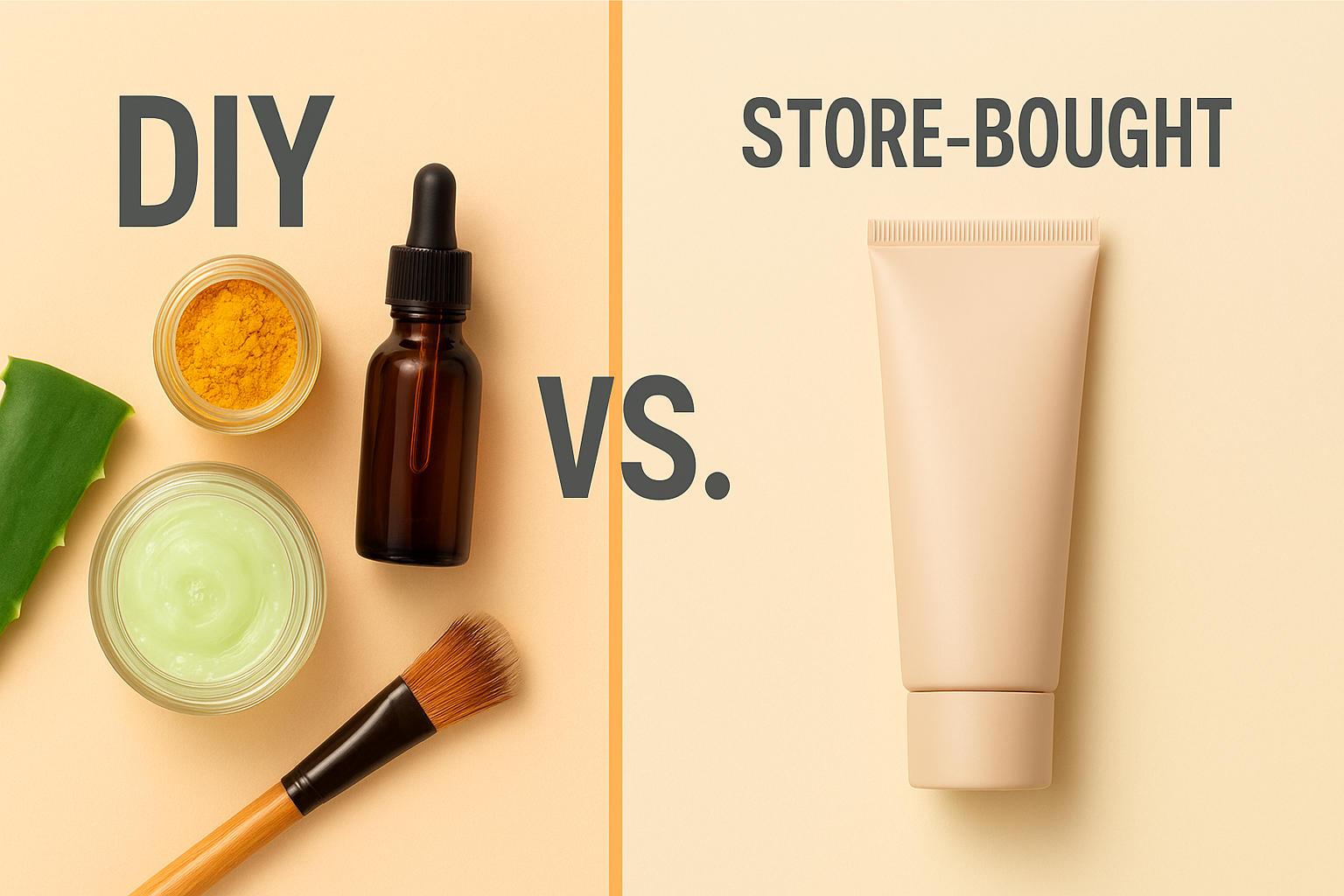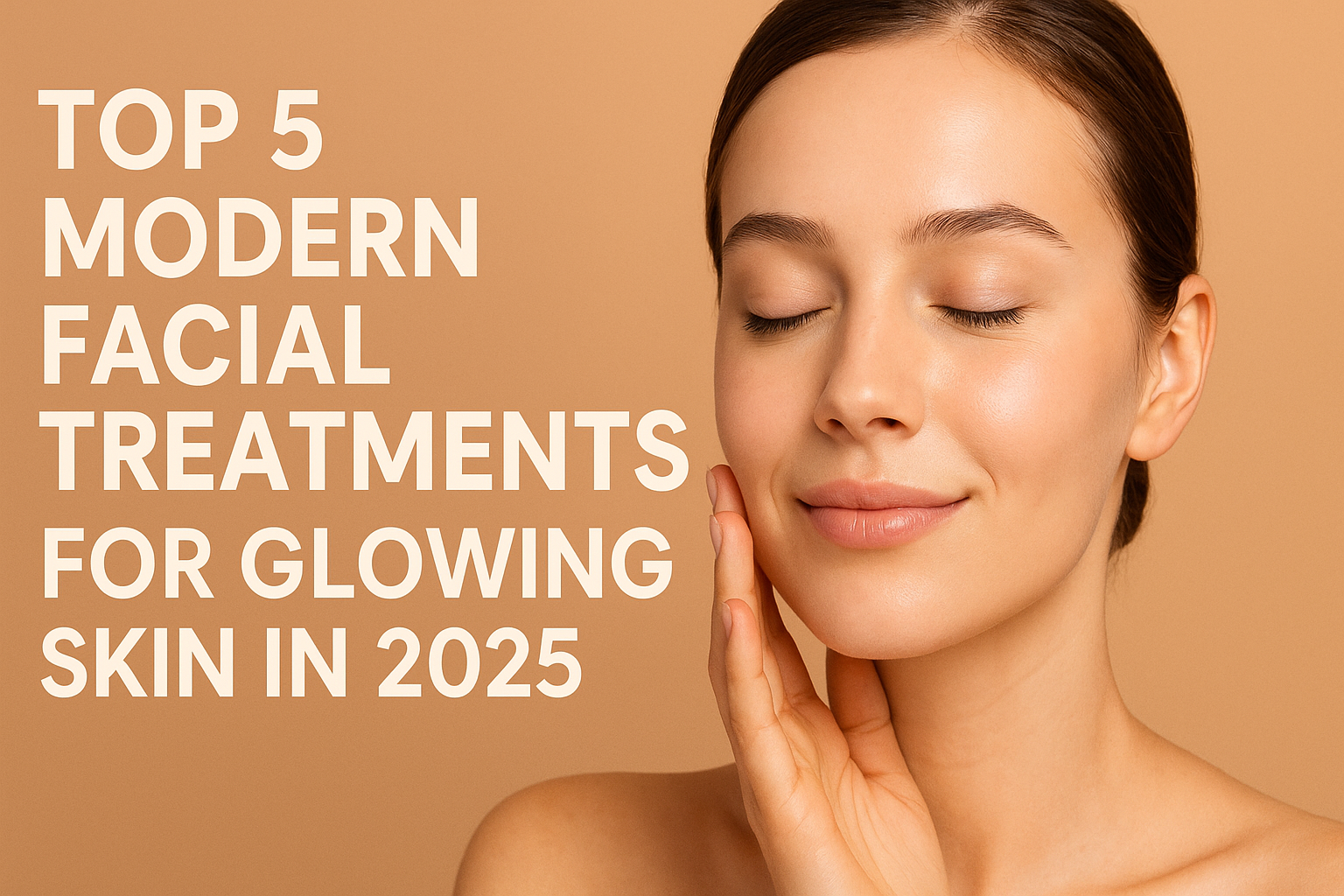Skin care technology has evolved rapidly over the past few years, and one of the most fascinating innovations is skin tone adjusting formulas. Whether you’re browsing beauty aisles or scrolling through skincare websites, you’ve probably seen products labeled as “tone-adjusting,” “color-correcting,” or “smart foundation.”
But what exactly do these products do? And more importantly — how do they work?
In this beginner’s guide, we’ll explore everything you need to know about skin tone adjusting formulas, from their science-backed mechanisms to tips for choosing the right one for your skin type.
What Is a Skin Tone Adjusting Formula?
A skin tone adjusting formula is a skincare or makeup product designed to match and enhance your natural skin tone. Unlike traditional foundations or concealers, these products don’t just sit on top of your skin — they actually adapt to your tone as you blend them in.
Most tone-adjusting products are available as:
- CC creams (Color Correcting creams)
- BB creams (Beauty Balms)
- Tinted moisturizers
- Smart foundations
- Serums or primers with color-adapting technology
These products are great for people who want a more natural, even complexion without heavy layers of makeup.
The Science Behind Tone Adjustment
So how do these products magically “know” your skin tone?
The secret lies in pigment technology and encapsulation science.
1. Micro-Encapsulated Pigments
Most tone-adjusting creams contain micro-encapsulated pigments — tiny color particles that are invisible when you first pump the product out. As you massage the product into your skin, friction and body heat break these capsules open, releasing pigments that adjust to your unique undertone.
2. Light-Reflecting Particles
Many formulas also include light-diffusing minerals that reflect light evenly across your face. This reduces the appearance of imperfections like redness, dullness, or dark spots, making your skin look smoother and more radiant.
3. pH-Responsive Ingredients
Some advanced formulas respond to the pH level of your skin. Since each person’s skin has a slightly different pH, these products subtly shift their shade to blend more seamlessly with your natural tone.
Benefits of Using a Tone Adjusting Formula
Wondering if you should try one? Here are the top benefits:
- ✅ Customized Color Match – No more guessing your foundation shade.
- ✅ Lightweight Coverage – Perfect for a natural, “no-makeup” look.
- ✅ Hydration & Skin Care – Many contain moisturizers, SPF, and antioxidants.
- ✅ Time-Saving – Combines skincare + coverage in one step.
- ✅ Works Year-Round – Adjusts as your skin gets lighter or darker with seasons.
Who Should Use Skin Tone Adjusting Products?
These products are ideal for:
- Beginners who want fuss-free, natural coverage.
- People with changing skin tones (seasonal tanning).
- Busy professionals who want quick, multitasking products.
- Anyone with mild redness, dullness, or uneven tone.
If you have severe hyperpigmentation or acne scars, you might still need concealer or full-coverage foundation in some areas.
How to Apply Tone Adjusting Products Correctly
Application is just as important as choosing the right formula. Here’s how to get the best results:
- Prep Your Skin – Cleanse and moisturize before applying to ensure smooth blending.
- Start Small – Use a pea-sized amount and build coverage as needed.
- Warm It Up – Rub between your fingers before applying to help pigments activate.
- Blend Well – Use fingers, a brush, or a damp sponge for even coverage.
- Set if Needed – If you have oily skin, lightly dust with translucent powder.
Common Myths About Skin Tone Adjusting Formulas
There are a few misconceptions worth clearing up:
- Myth 1: One shade fits all perfectly.
While they adapt quite well, extreme skin tones (very fair or very deep) might still need a shade-specific formula. - Myth 2: They replace sunscreen completely.
Many have SPF, but if you’re outdoors, always apply a separate broad-spectrum sunscreen. - Myth 3: They’re just tinted moisturizers.
No — they use smart pigment technology, which is more advanced than simple tinting.
Choosing the Right Tone Adjusting Formula
Here’s what to look for when shopping:
- Skin Type Match – Go for oil-free formulas if you’re oily, or hydrating ones if you’re dry.
- Coverage Level – Sheer for natural look, medium if you want more correction.
- Extra Benefits – SPF, hyaluronic acid, or vitamin C for skincare + makeup in one.
- Reviews & Swatches – Check online reviews to see how it performs on similar skin tones.
Top Tips for Beginners
- Patch test before first use to avoid irritation.
- Always remove it completely at night to prevent clogged pores.
- Pair with a color-corrector for stubborn areas (like dark circles).
- Use sparingly — a little goes a long way.
Final Thoughts
Skin tone adjusting formulas are a game-changer for anyone looking for natural, fuss-free coverage. They’re designed to take the guesswork out of shade-matching while also providing skincare benefits.
Whether you’re just stepping into the world of makeup or want a quicker routine, these products can simplify your beauty regimen and give you a fresh, even-toned glow.




